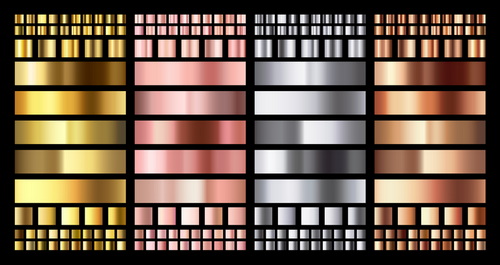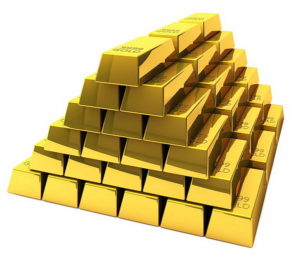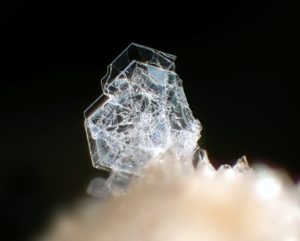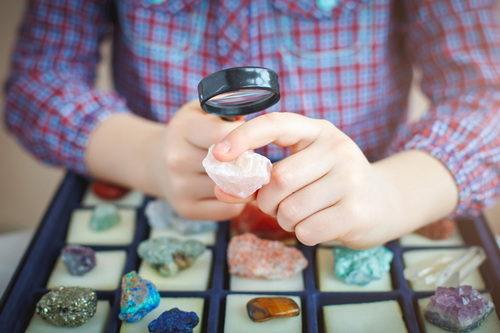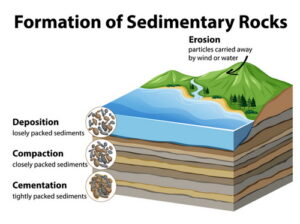 Jeremejevite, pronounced ye-REM-ay-ev-ite, is one of the rarest and most expensive gemstones in the world. It is a rare aluminum borate mineral with variable fluoride and hydroxide ions. Its chemical formula is Al6B5O15(F,OH)3.
Jeremejevite, pronounced ye-REM-ay-ev-ite, is one of the rarest and most expensive gemstones in the world. It is a rare aluminum borate mineral with variable fluoride and hydroxide ions. Its chemical formula is Al6B5O15(F,OH)3.
Aesthetic Beauty
Jeremejevite’s crystal system is hexagonal with a Mohs hardness of 7. This spectacular gem occurs in well-formed, sharply crystallized, prismatic obelisk prisms with lustrous surfaces. Sometimes it appears two-toned with a blue base and white terminations. It can come in white, yellowish, greenish, blue and violet colors as well as clear.
Jeremejevite Locations
Deposits of Jeremejevite have been found in the Erongo mountains in Namibia as well as in the Soktuy Mountains in Russia, the Eifel mountains in Germany, in the Pamir mountains in Tajikistan, and in Madagascar.
Jeremejevite History
Jeremejevite was first discovered in 1883 and named in honor of Russian mineralogist Pavel Vladimirovich Eremeev. The first crystals ever discovered were found in the Soktuy mountains of the Adun-Cholon Range in Transbaikal, Russia. These first specimens consisted of a couple colorless, prismatic crystals. It wasn’t until 1973 that a second deposit of Jeremejevite was found in Swakopmund, Namibia by a woman that frequently spend her time walking behind her husband’s grader collecting pretty rocks.
These specimens were deep blue and were incorrectly identified as aquamarine. An analysis by the Gemological Institute of America confirmed the specimens were in fact jeremejevite. The third occurrence of the mineral was found in the Eifel mountains in Germany as blue and also yellowish crystals. The last discovery of jeremejevite was in 2001 in the Erongo mountains in Namibia. Other minerals such as aquamarine and tourmaline have been found there as well.
Jeremejevite Matches That of Platinum in Value
Only a small number of jeremejevite crystals have been faceted. This gem is usually purchased as mineral specimens by collectors. Due to its rarity and intrinsic beauty, fine or unique specimens can be quite valuable, costing as much as $2,000 per carat.




